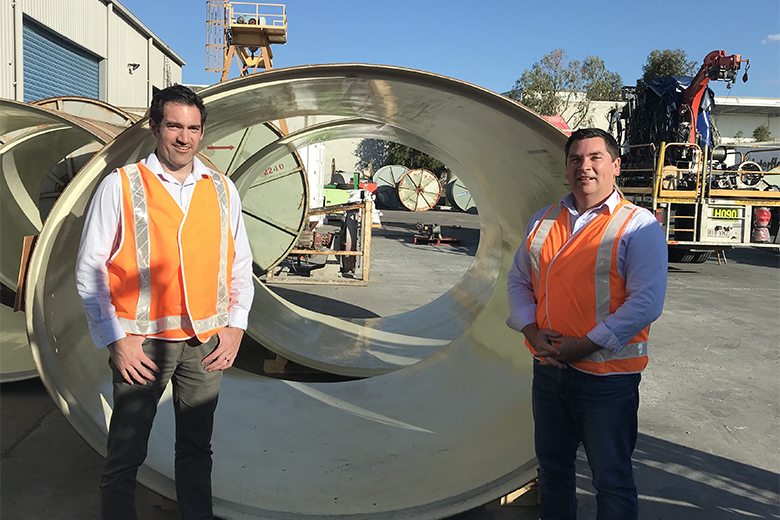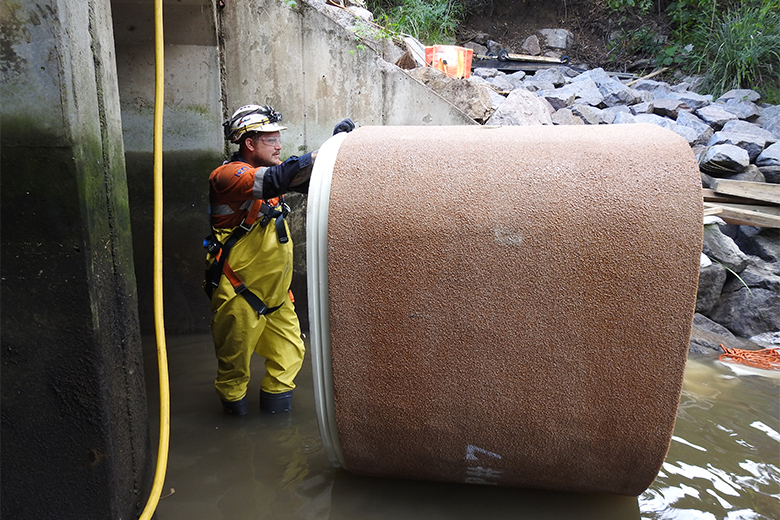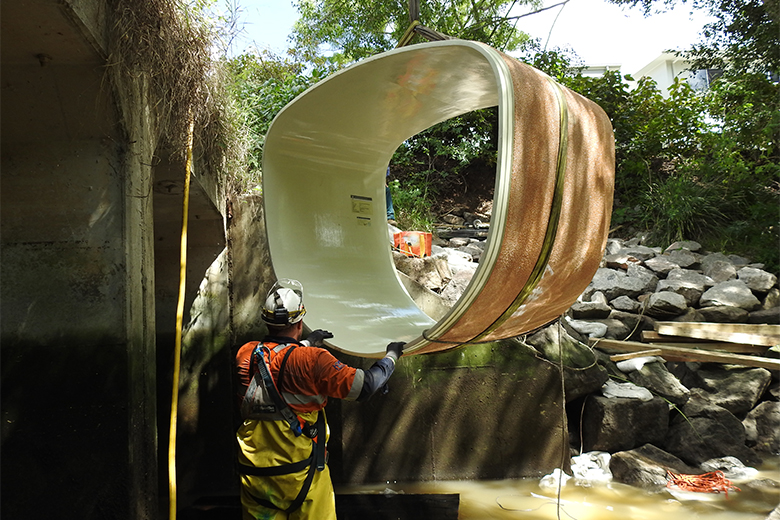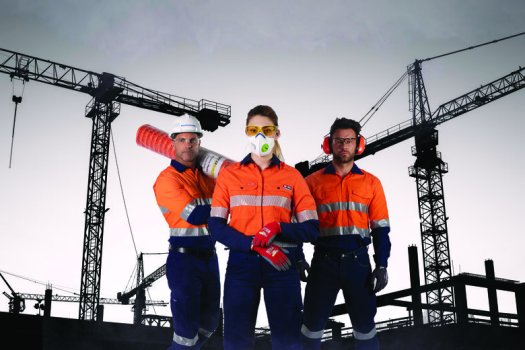
As urban landscapes and related communities continue to grow, there has been an increased focus on developing sustainable infrastructure solutions. During an ongoing investigation for a Major Stormwater Drainage Program, it was discovered that a critical community asset was in urgent need of repair. A customised solution was needed to improve its resilience for generations to come.
When it rains, it pours
Stormwater comes from any form of precipitation including rain, sleet, or melting snow. Prior to industrialisation, stormwater would naturally infiltrate the soil or contribute to surface runoff via natural waterways such as streams, beaches and bays.
Impervious surfaces such as roadways and rooftops prevent stormwater from filtering into the ground as it would in natural landscapes. Increased urbanisation has therefore created a challenge for cities looking to control run-off from hard surfaces and safeguard the surrounding environment.
Within this challenge lies an opportunity to develop robust systems that improve the climate resiliency of our towns and support the growing infrastructure needs of our communities now and into the future.

The problem with a ‘one-size fits all’ approach
During a major stormwater program, it was discovered that a stormwater drainage culvert running beneath the bustling Brisbane Corso was reaching the end of its structural lifespan. To extend its safe operation and environmental efficacy, the asset required structural relining. The asset owner engaged leading water infrastructure company, Interflow, to perform this critical renewal.
Opening into the Brisbane River, the pipeline was exposed to the river’s rising tides. The traditional concrete rehabilitation method often utilised for projects of this nature would require the construction of a cofferdam to keep the stormwater outlet clear of river water while concrete was poured and cured. This would be a costly exercise with a large construction and environmental footprint.
Interflow’s Business Development Manager from Queensland, Steve Latimer, explained that although traditional methodologies often meet structural requirements, other considerations need to be made when planning critical stormwater infrastructure repairs.
“Our customers want to know that we have considered all the factors including community, safety, environment and quality and have proposed the best solution for their specific site.”
“Adopting a standard approach to a unique situation often neglects these important factors,” he continued.
Optimal results through tailored solutions
Working closely with the asset owner, Interflow proposed the use of Channeline, a fully customisable and modular lining solution that could be installed quickly, safely, and with minimal community impact. This innovative product also allowed crew members to deliver project works around tidal movements, which avoided the need to build a costly cofferdam.
The smooth interior surface of this bespoke solution offers reduced pipe wall friction which reduces flow resistance and improves the conduit’s self-cleaning properties. This makes it a smart solution to enhance the operational capacity of the pipeline with minimal maintenance.
This was the first time Interflow has installed a Channeline solution in Queensland. By listening to the unique needs of its customer and looking to the future, Interflow’s new system will service the community for the next expected 50 -100 years.

The future of stormwater management
With increased frequency, we are beginning to see stormwater asset owners requesting solutions that are not only cost-effective, but also create multiple community benefits. These benefits could come in the form of increased flow capacity, reducing pollutants, and safeguarding the community from flooding.
If one thing is clear, strong and vibrant communities rely on stormwater management techniques that continually evolve based on new science, experience and technical innovation.
These smart stormwater solutions have the potential to maximise the flow capacity and efficiency, allowing the system to support a growing community as opposed to necessitating further urban sprawl.
“Solutions like these are boosting the climate resiliency of cities by working with the landscape, not against it,” Steve said.
“The future will be seeking innovative means to slow the flow of stormwater, filter and remove pollutants, resulting in cleaner waterways and happier communities.”
Comment below to have your say on this story.
If you have a news story or tip-off, get in touch at editorial@governmentnews.com.au.
Sign up to the Government News newsletter






Philip Coorey on: Sydney councils seek help for ibis problem
Roger Buhlert on: Revenue NSW automated debt recovery ‘unlawful’, ombudsman finds
Ron. Ismay. on: New laws introduced to clean up local government